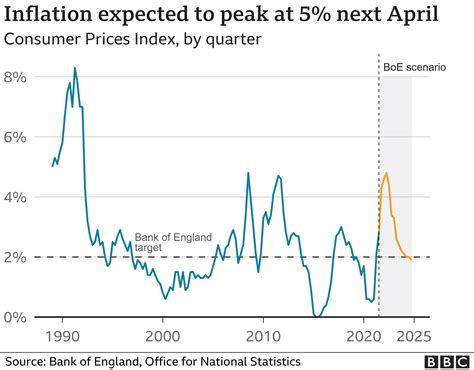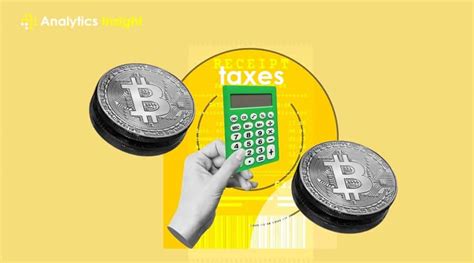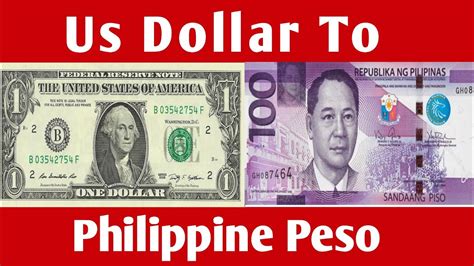Unraveling the Key Drivers of Price Increases
Inflation, the persistent increase in the general price level of goods and services over time, has become a concerning economic trend in the United States. To better understand its impact and plan for the future, it’s crucial to examine the inflation rates by year and explore the underlying factors that shape them.

Historic US Inflation Rates
| Year | Inflation Rate |
|---|---|
| 2022 | 7.9% |
| 2021 | 7.0% |
| 2020 | 1.2% |
| 2019 | 1.8% |
| 2018 | 2.4% |
| 2017 | 2.1% |
| 2016 | 2.1% |
| 2015 | 0.7% |
| 2014 | 1.6% |
| 2013 | 1.5% |
| 2012 | 2.1% |
| 2011 | 3.0% |
| 2010 | 1.6% |
Key Drivers of Inflation in 2025
1. Supply Chain Disruptions:
The COVID-19 pandemic and other global events have disrupted supply chains, leading to shortages and increased transportation costs. This has pushed up prices for a wide range of goods, from electronics to food items.
2. Labor Market Tightness:
Low unemployment rates have driven up wages, putting pressure on businesses to pass on these increased costs to consumers in the form of higher prices.
3. Monetary Policy:
The Federal Reserve’s expansionary monetary policy, including low interest rates and quantitative easing, has increased the money supply and contributed to inflationary pressures.
4. Fiscal Policy:
Government spending and stimulus programs have boosted demand, leading to higher prices for goods and services.
Projected Inflation Rates for 2025
According to the Federal Reserve, the projected inflation rate for 2025 is 2.5%. However, there is considerable uncertainty surrounding this projection, and actual rates could vary depending on economic conditions.
Implications of High Inflation
1. Reduced Purchasing Power:
High inflation erodes the value of money, reducing the purchasing power of consumers. This can make it difficult for people to afford necessities and save for the future.
2. Increased Interest Rates:
To combat inflation, the Federal Reserve may raise interest rates, which can impact borrowing costs for businesses and consumers.
3. Economic Instability:
Persistent high inflation can lead to economic instability, uncertainty, and a loss of confidence in the economy.
Strategies to Mitigate Inflation
1. Fiscal Policy Tightening:
The government can reduce spending and raise taxes to decrease demand and reduce inflationary pressures.
2. Monetary Policy Tightening:
The Federal Reserve can raise interest rates and reduce the money supply to slow down economic growth and curb inflation.
3. Supply-Side Measures:
Increasing production and improving supply chains can help to alleviate shortages and reduce inflationary pressures.
4. Fiscal Stimulus Programs:
Targeted fiscal stimulus programs can provide support to low-income households and help to offset the impact of high inflation on the most vulnerable.
Conclusion
Understanding the drivers and implications of inflation is crucial for policymakers, businesses, and individuals alike. By examining US inflation rates by year and considering the factors that shape them, we can better prepare for the challenges posed by inflation and develop effective strategies to mitigate its impact.



